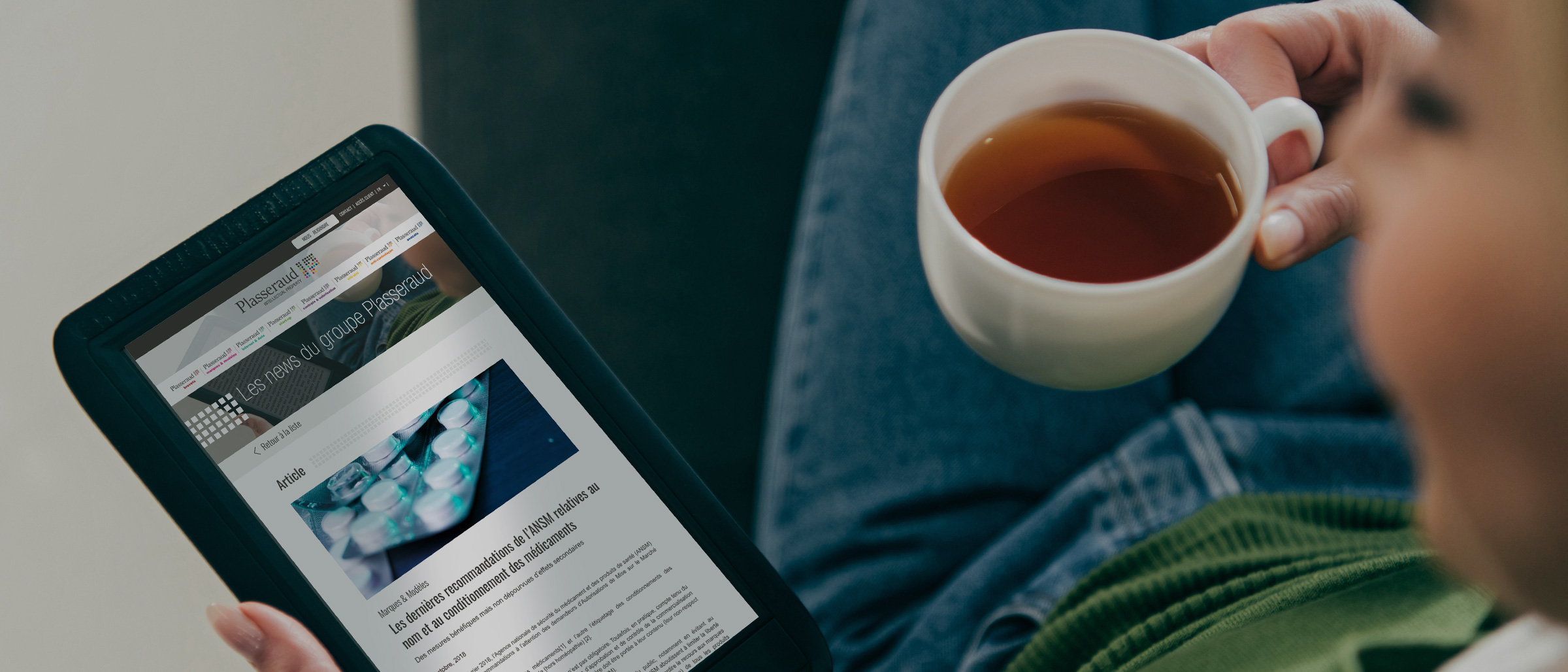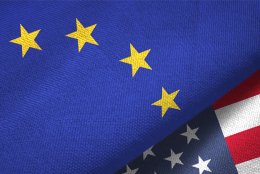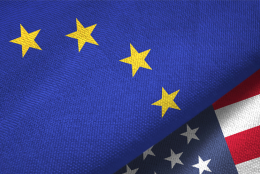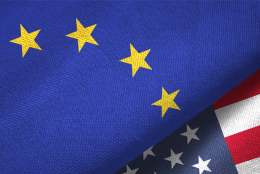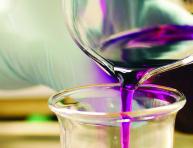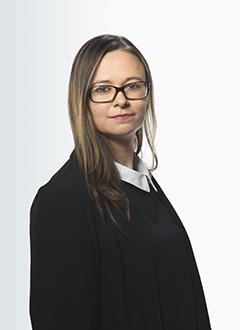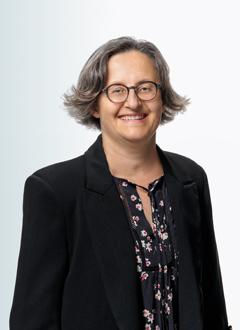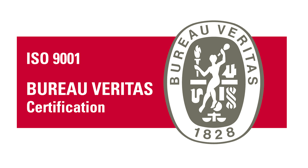Article
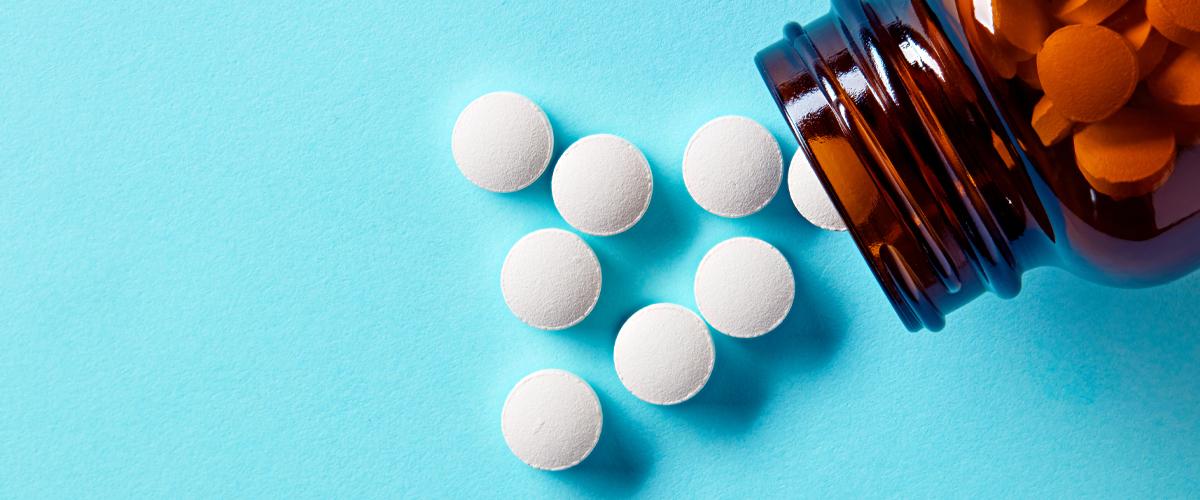
Supplementary protection certificate (SPC) and new therapeutic applications: Where do we stand?
A supplementary protection certificate (SPC) is an IP right which extends the duration of the patent granted for an active ingredient of a medicinal product or a plant protection product. This is intended to compensate for the delay to obtain a marketing authorisation (MA) for said product. The SPC is a separate title which takes effect at the legal term of the patent.
In the member states of the European Union, SPCs for medicinal products are governed by the provisions of Regulation (EC) No. 469/2009.
Article 3 of this Regulation sets out the conditions for obtaining a SPC, namely:
(a) the product must be protected by a basic patent in force,
(b) the product, as a medicinal product, must have a valid marketing authorisation,
(c) the product must not have already been the subject of a certificate, and
(d) the SPC must be issued on the basis of the first authorisation to place the product on the market as a medicinal product.
The notion of "first authorisation to place the product on the market as a medicinal product" in Article 3(d) has always raised many questions about its interpretation.
Some attempts to interpret "first authorisation to place the product on the market as a medicinal product" in a broad way were stopped by the decision C-31/03 of 19 October 2004. However, this judgment was overturned by the Neurim judgment (C-130/11) of 19 July 2012. In the Neurim judgement, the Court of Justice of the European Union (CJEU) ruled that “the mere existence of an earlier marketing authorisation obtained for a veterinary medicinal product does not preclude the grant of a supplementary protection certificate for a different application of the same product for which a marketing authorisation has been granted, provided that the application is within the limits of the protection conferred by the basic patent relied upon for the purposes of the application for the supplementary protection certificate".
In the specific case of Neurim, the mere existence of a marketing authorisation for a veterinary medicinal product did not preclude the grant of a SPC for a medicinal product for human use for that same product.
Nevertheless, the notion of "different application" referred to in Neurim also raised many questions: is a new formulation a different application of the same product?
What about new dosages? What about therapeutic indications for different diseases? ...
Some answers were given in the Abraxis judgment (C-443/17) of 21 March 2019, then very recently in the Santen judgment (C-673/18) of 9 July 2020.
In the Abraxis case, the CJEU ruled that "a new formulation of an old active ingredient, cannot be regarded as being the first marketing authorisation for the product concerned as a medicinal product in the case where that active ingredient has already been the subject of a marketing authorisation as an active ingredient".
According to that judgment, Abraxis Bioscience was thus unable to obtain a SPC for the product nab-paclitaxel (i.e. nanoparticles of paclitaxel coated with albumin), on the ground that paclitaxel had already been the subject of a marketing authorisation.
The Santen case confirms the position of the CJEU regarding SPCs for new therapeutic applications.
In this case, Santen had filed in June 2015, before the French patent office (INPI), a SPC application for the product "Ciclosporin for its use in the treatment of keratitis". In October 2017, INPI rejected the SPC application on the grounds that the product Ciclosporin had already been the subject of a marketing authorisation for a drug in 1983 (for the prevention of rejection of solid organ and bone marrow transplants, as well as for other therapeutic uses, such as the treatment of endogenous uveitis).
In November 2017, Santen appealed against the decision of INPI before the Paris Court of Appeal.
The latter, having found that the INPI and Santen were opposed about the interpretation of Article 3(d) of Regulation (EC) No. 469/2009, interpreted in the light of the Neurim decision, had referred questions to the CJEU about the concepts of "different application of the same product" and "the application is within the limits of the protection conferred by the basic patent", as set out by the CJEU in the Neurim decision. The aim was to clarify the interpretation of these concepts.
The CJEU responded as follows in Santen: "a marketing authorisation cannot be considered to be the first marketing authorisation, […] where it covers a new therapeutic application of an active ingredient, or of a combination of active ingredients, and that active ingredient or combination has already been the subject of a marketing authorisation for a different therapeutic application".
The Santen judgment therefore seems to close the debate, confirms a strict interpretation of Article 3(d) of Regulation (EC) No. 469/2009 and confirms the impossibility of obtaining a SPC for a new therapeutic application of a product.












